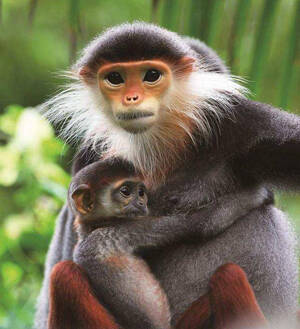
Pygathrix
Pygathrix,Douc Langur,Gray-legged white-shanked langur, red-legged white-shanked langur, black-legged white-shanked langur
Douc Langur (scientific name: Pygathrix), also known as Douc Langur, has thr···
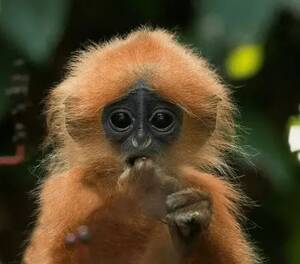
Presbytis rubicunda
Presbytis rubicunda,Red langur, chestnut langur
The scientific name of the chestnut-red leaf monkey is Presbytis rubicunda. ···
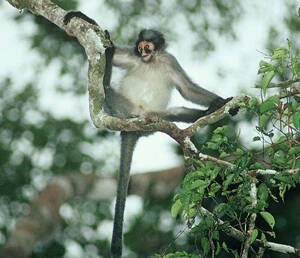
Presbytis hosei
Presbytis hosei,Ho's leaf monkey
Ho's leaf monkey, scientific name Presbytis hosei, moves in groups and i···
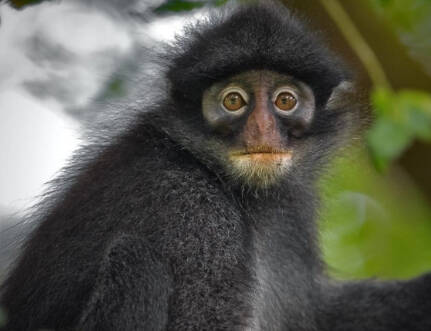
Presbytis femoralis
Presbytis femoralis,Sarawak Surili, Bornean Banded Langur,Sarawak langur, Borneo langur
The scientific name of the Indonesian langur is Presbytis femoralis, and its···
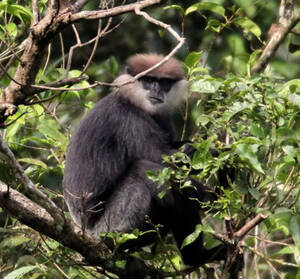
Trachypithecus vetulus
Trachypithecus vetulus,Purple-faced Langur
Purple-faced Langur (Trachypithecus vetulus) has four subspecies.Purple-face···
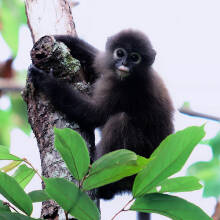
Trachypithecus obscurus
Trachypithecus obscurus,Dusky Leaf-monkey,Dusky leaf monkey, spotted leaf monkey, spectacled leaf monkey
Dusky Leaf-monkey (scientific name: Trachypithecus obscurus) is also known a···
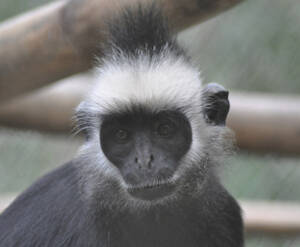
Trachypithecus laotum
Trachypithecus laotum,Laotian Langur,Laotian langur
Laotian Langur (scientific name: Trachypithecus laotum), also known as Laoti···
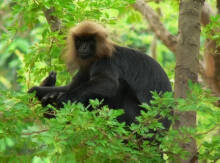
Trachypithecus johnii
Trachypithecus johnii,Nilgiri Langur,Nilgiri black langur, Indian hooded langur, John's langur, Hooded langur, Black langur
Indian black leaf monkey (scientific name: Trachypithecus johnii) foreign na···
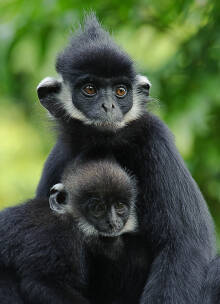
Trachypithecus hatinhensis
Trachypithecus hatinhensis,Hatinh Langur,Ha Tinh black leaf monkey
The Vietnamese black leaf monkey (scientific name: Trachypithecus hatinhensi···
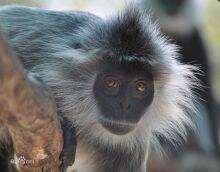
Trachypithecus germaini
Trachypithecus germaini,Indochinese Lutung,Germanic langur, Indonesian langur
Indochinese black leaf monkey (scientific name: Trachypithecus germaini) for···
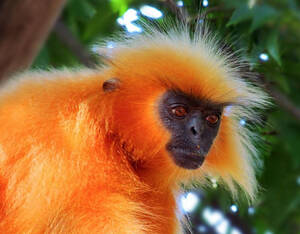
Trachypithecus geei
Trachypithecus geei,Gee’s Golden Langur,Yellow-crowned langur, golden langur, golden long-tailed monkey
Golden Langur (scientific name: Trachypithecus geei) is also known as Gee’s···
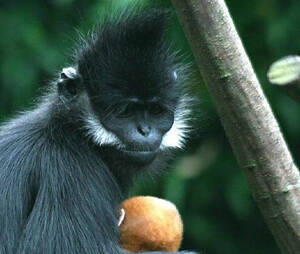
Trachypithecus delacouri
Trachypithecus delacouri,Delacour’s langur,De's black leaf monkey
Delacour’s langur (scientific name: Trachypithecus delacouri) is also known···
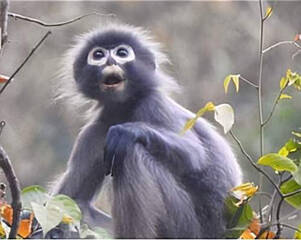
Trachypithecus barbei
Trachypithecus barbei,Tenasserim Lutung
Burmese black leaf monkey (scientific name: Trachypithecus barbei) foreign n···
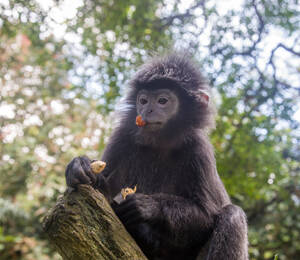
Trachypithecus auratus,
Trachypithecus auratus,Javan Lutung
Javan Lutung (scientific name: Trachypithecus auratus) is called Javan Lutun···
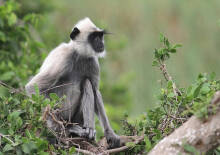
Semnopithecus priam
Semnopithecus priam,Tufted Gray Langur
Tufted Gray Langur (scientific name: Semnopithecus priam) is also known as T···
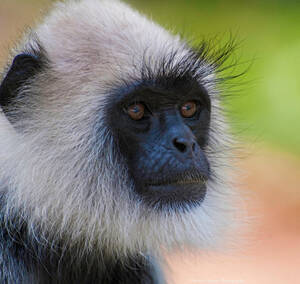
Semnopithecus hector
Semnopithecus hector,Tarai Gray Langur,Talai gray langur, Tarai gray langur, lesser mountain langur, gray langur
Hector's Gray Langur (scientific name: Semnopithecus hector), also known···
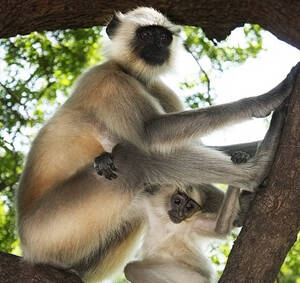
Semnopithecus entellus
Semnopithecus entellus,Northern Plains Gray Langur,Northern Plains Gray Langur, Bengal Long-tailed Langur, Hanuman Langur
Indian Gray Langur (scientific name: Semnopithecus entellus) is called North···
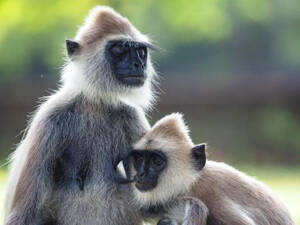
Semnopithecus ajax
Semnopithecus ajax,Kashmir Gray Langur
The specific habits of the Kashmir gray langur (Semnopithecus ajax) are unkn···
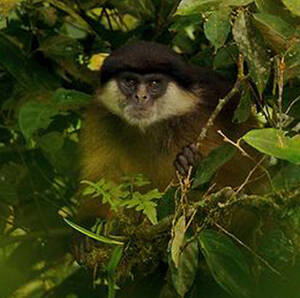
Procolobus verus
Procolobus verus,Olive Colobus,Van Beneden's red colobus, pale green colobus
Olive Colobus (scientific name: Procolobus verus) is the only colobus in the···

Piliocolobus waldronae
Piliocolobus waldronae,Miss Waldron’s Red Colobus,Miss Wattung's Red Colobus Monkey
Waldron’s Red Colobus (Piliocolobus waldronae) has been a subspecies of the···

Piliocolobus tholloni
Piliocolobus tholloni,Tshuapa Red Colobus, Soler's red colobus
The Tshuapa Red Colobus (scientific name: Piliocolobus tholloni) was once a ···
